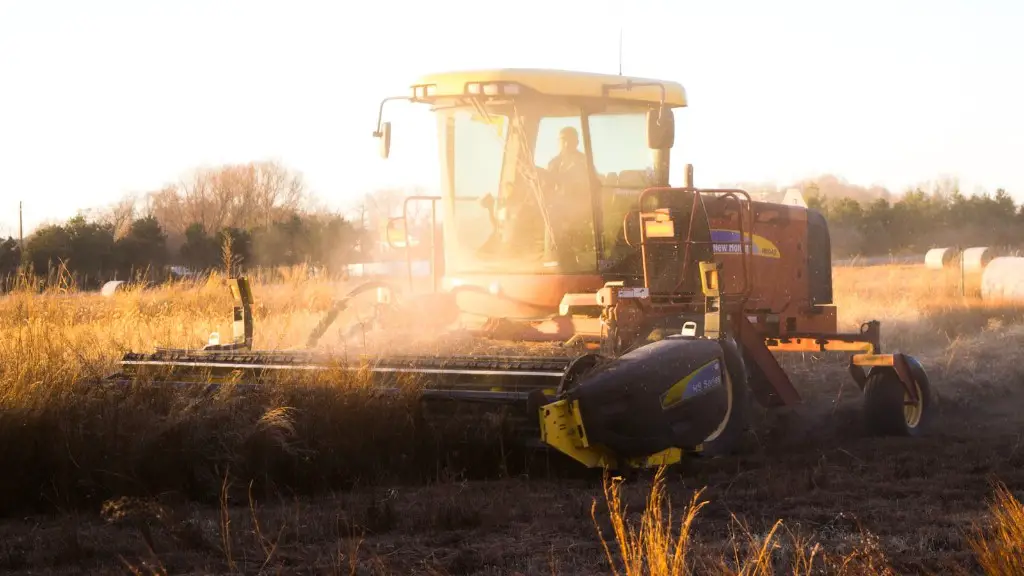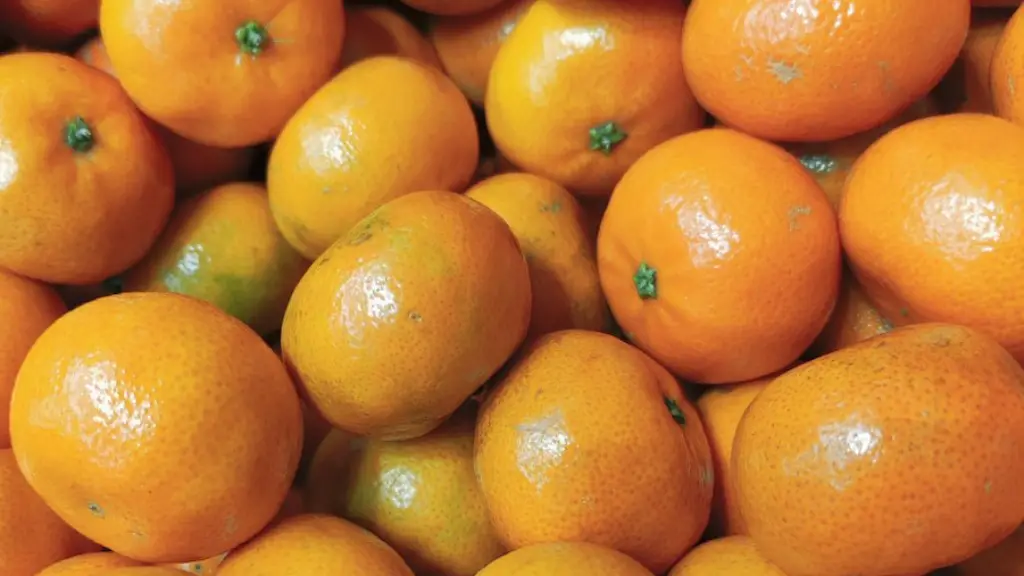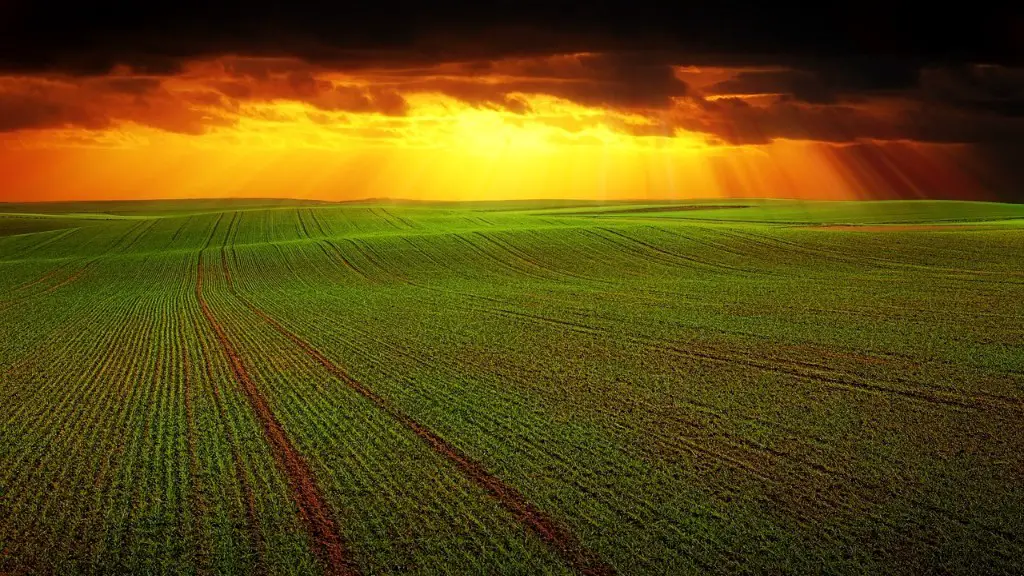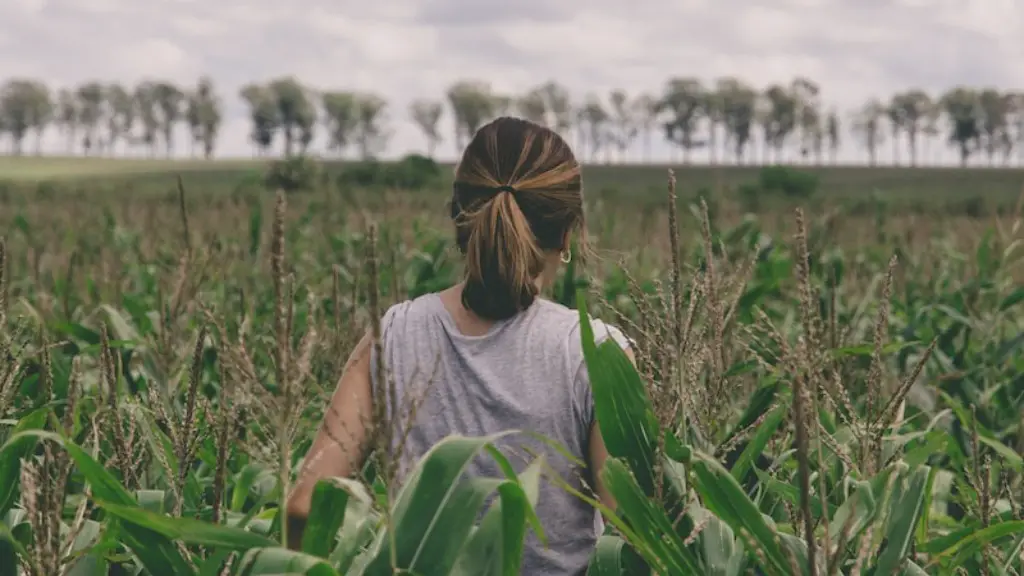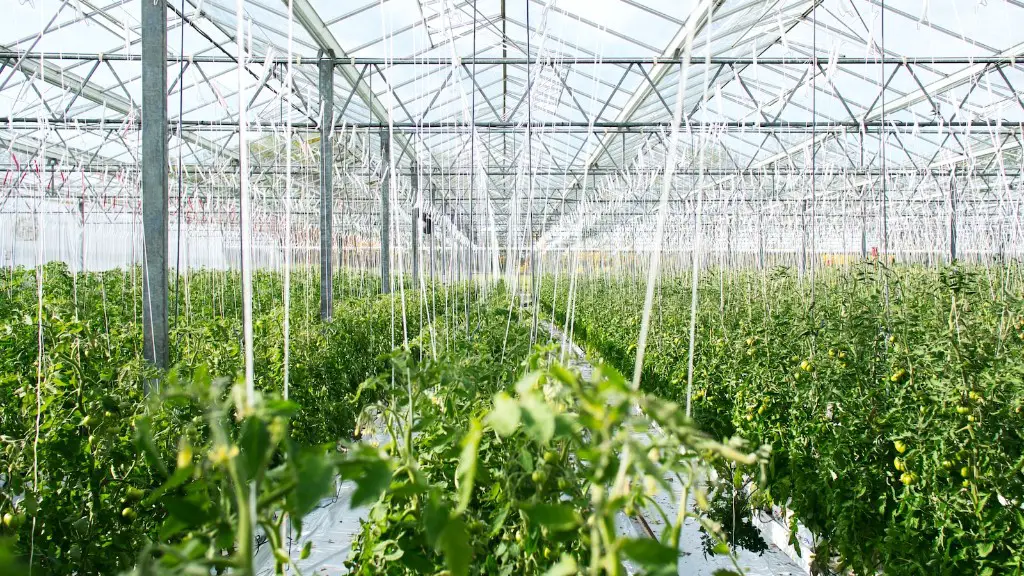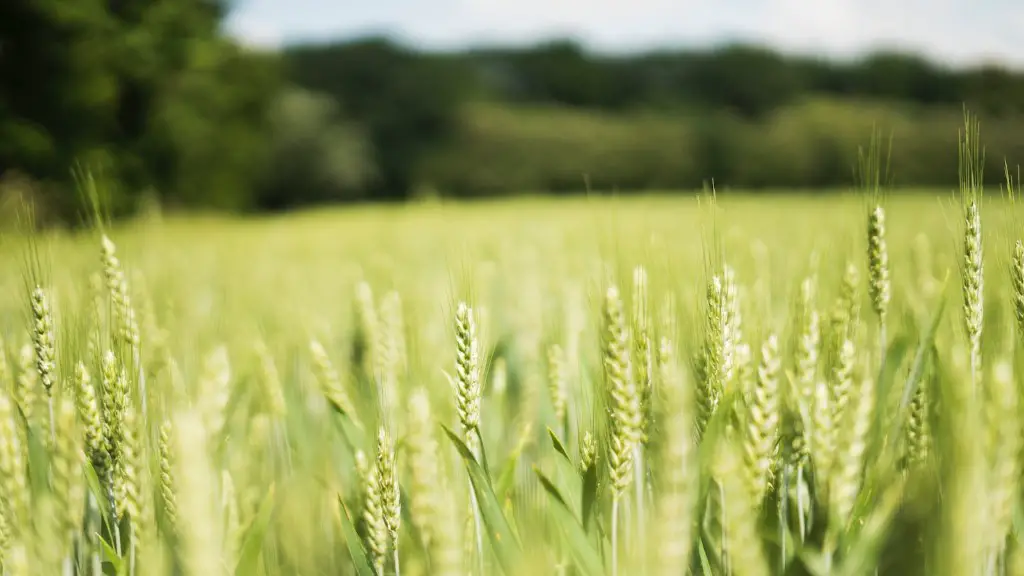In sustainable agriculture, farmers work to protect and improve the natural resources in their farms. They do this by using farming practices that conserve water and soil, minimize pollution, and reduce the use of pesticides and other chemicals. Sustainable agriculture also includes practices that support the health and welfare of farm animals and workers.
Sustainable agriculture is an approach to farming that emphasizes environmentally responsible, socially just, and economically viable production methods. It includes a wide range of practices, such as using natural fertilizers and pest controls, crop rotation, and mixed cropping. sustainable agriculture also includes measures to conserve water and soil, and to protect wildlife.
What does sustainable agriculture mean?
Sustainable agriculture as legally defined in US Code Title 7, Section 3103 means an integrated system of plant and animal production practices having a site-specific application that will over the long term: Satisfy human food and fiber needs.
Cover crops and perennials are an important part of any sustainable agricultural system. They protect and build soil health by preventing erosion, replenishing soil nutrients, and keeping weeds in check, reducing the need for fertilizers and herbicides. Cover crops also improve water infiltration and reduce runoff, making them an important tool in the fight against climate change.
What is sustainable agriculture answers
Sustainable farming is the practice of incorporating initiatives into farming and agricultural work that allow farms to maintain their productivity and usefulness to society indefinitely. Throughout the process of sustainable farming, it is important not to compromise production output.
In order to be sustainable, a farm must be able to produce crops or animals without depleting the natural resources that it relies on. This means using renewable resources, such as solar energy, wind power, and organic matter, to power the farm and its operations. It also means using farming practices that protect and conserve soil and water resources.
There are many different ways to farm sustainably, but some common methods include permaculture, biodynamic farming, hydroponics and aquaponics, urban agriculture, and agroforestry. Each of these methods has its own unique benefits, but all of them share the goal of being more environmentally-friendly and sustainable than traditional farming practices.
What are the five main components of sustainable agriculture?
Sustainable agriculture is a term that is often used to describe farming practices that are environmentally responsible and that also support the long-term viability of farmers. There are four key components to sustainable agriculture: environmental resource protection, product quality, profitability of individual farms, and policy questions related to the competitiveness of medium sized, family farms.
Environmental resource protection is an important part of sustainable agriculture. Farmers must take care to conserve resources such as water and soil, and to minimize pollution. This can be done through practices such as crop rotation, cover cropping, and the use of organic fertilizers.
Product quality is also important in sustainable agriculture. Farmers must produce food that is safe to eat and that meets the needs of consumers. This includes food that is nutritious, free of harmful chemicals, and produced in a way that does not damage the environment.
Profitability is essential for the long-term viability of sustainable agriculture. Farmers must be able to cover their costs and make a reasonable profit. This can be challenging, as sustainable practices often have higher upfront costs than conventional practices. However, there are many programs and initiatives that can help farmers offset these costs.
Policy questions related to the competitiveness of medium sized, family farms are also an important part
There are many positives to a sustainable farming system, but some of the most important include profitability, food security, food safety, and open space for water recharge. A sustainable farming system is also great for the environment, providing natural habitats for flora and fauna and helping to preserve our natural resources. Finally, a sustainable farming system is typically part of a supportive social and economic community, which can provide many benefits to its members.
What are the four types of sustainable agriculture?
Sustainable agriculture is an approach to farming that seeks to protect and enhance the natural resources and ecosystems that provide farmers with their livelihoods. Through a variety of practices, sustainable agriculture strives to achieve three primary goals:
1.Enhance and protect the long-term fertility of the land;
2.Conserve and efficiently use natural resources such as water, energy, and soil; and
3.Create a healthy and safe environment for farm workers, animals, and the broader community.
Here are 16 of the most promising practices currently being used in sustainable agriculture:
1. Organic Farming
Organic farming is an approach to agriculture that emphasizes the use of natural processes and inputs to enhance crop production. Certified organic farms must adhere to strict guidelines set forth by national and international organizations, including the use of only approved chemicals and the prohibition of genetically modified organisms (GMOs).
2. Agroforestry
Agroforestry is a land management approach that integrates trees and shrubs into traditional farming and ranching operations. By incorporating trees into agricultural landscapes, agroforestry can help improve soil health, provide habitat for wildlife, and mitigate the impacts of climate change.
3. Natural Farming
Crop rotation leads to healthier soil and improved pest control methods. It also promotes diversity, intercropping, and growing cover crops to prevent soil erosion and replenish nutrients. Minimising weeds and managing irrigation to reduce runoff are also important practices to help prevent soil erosion.
What are the four ideas of sustainable agriculture
Sustainable agriculture involves practices that protect and conserve natural resources, while still being productive. This means finding ways to farm that don’t degrade the land, water, or air, and that don’t require large amounts of synthetic inputs. Sustainable agriculture also strives to be economically viable and socially just.
The term “sustainable agriculture” was coined by Walter J. Surber in 1955 and popularized by Archer Clive Boardman in 1966. It has been defined in various ways, but the most commonly used definition is “an integrated system of plant and animal production practices having a site-specific application that will last over the long term.”[1]
In general, sustainable agriculture is an approach to land use and food production that is based on three main principles:
1. Care for the environment: Sustainable agriculture recognizes the need to protect and conserve natural resources, such as water, soil, and biodiversity.
2. Produce food and other products in a way that is socially and economically just: Sustainable agriculture must be economically viable and provide fair wages and decent working conditions for all involved.
3. Support local and regional food systems: Sustainable agriculture should aim to promote local and regional food systems, in order to increase food security and reduce dependence on long-distance transport of food.
Why is sustainable agriculture so important?
Sustainable agriculture is not only important for preserving the earth’s natural resources, but also for benefits the environment in other ways. For example, sustainable agriculture helps maintain soil quality, reduce erosion, and preserve water. All of these things are important for keeping our environment healthy and clean.
The advantages of sustainable agriculture are many, but it also has a few downsides. For example, it can take farmers longer to carry out their farm operations if they are using sustainable methods. However, the benefits of sustainable agriculture are clear, and it is an important tool for reducing our impact on the environment.
What is the problem of sustainable agriculture
The increased workload for farmers who sustainable practices is a major concern. The increased drudgery in collecting materials for preparing natural nutrients and natural plant protection materials is an extra burden on these farmers. We know agriculture is already rapidly relying on women and older labourers. The increased workload could lead to even more reliance on these groups, which could lead to even more problems.
Farmers play a crucial role in the health of our environment. By adopting conservation practices, they can help to improve water quality, store carbon, reduce greenhouse gas emissions and create fields that are more resilient to extreme weather events. By working together, we can help to create a safer and more sustainable world for future generations.
What are the two elements of sustainable agriculture?
There are a few key differences between sustainable and conventional farming practices. Sustainable farming focuses on using practices that are ecologically sound and protect the long-term health of the environment. This includes using natural methods to manage pests and diseases, promoting crop diversity, and using water and soil resources efficiently. Conventional farming typically relies on more intensive methods, such as monocropping and the use of synthetic chemicals, which can have negative impacts on the environment.
Sustainable farming is anastronomically important but difficult challenge. The six main challenges are:
1) Growing enough food: The world’s population is ever-increasing and sustainable farmers must find ways to grow more food to meet demand. This can be a difficult task as land availability decreases and climate change makes farming more difficult.
2) Water scarcity: One of the major issues facing sustainable farmers is water scarcity. With the world’s population continuing to grow, the demand for water is also increasing. This puts a strain on water resources, making it difficult for sustainable farmers to have enough water for their crops.
3) Loss of usable land: Another challenge sustainable farmers face is the loss of usable land. As the world’s population grows, more land is being developed for urbanization, leaving less land available for farming. This makes it difficult for sustainable farmers to find suitable land to grow their crops.
4) High energy use: Sustainable farming requires a lot of energy. Farmers must use energy-efficient equipment and practices to minimize their impact on the environment.
5) Climate change: Climate change is a major challenge for sustainable farmers. They must adapt their farming practices to the changing climate in order to continue to produce food.
Warp Up
A sustainable agriculture is an agricultural system that can be maintained at a steady level without degrading or depleting the resources used.
A sustainable agriculture is an eco-friendly form of agriculture that aims to produce long-term crops and livestock while minimizing the impact on the environment.
